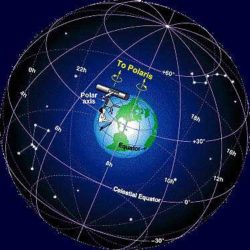
Chemical Composition of Mango (Mangifera indica L.) Fruit: Nutritional and Phytochemical Compounds
Maria Elena Maldonado-Celis 1,*, Elhadi M Yahia 2, Ramiro Bedoya 3, Patricia Landázuri 4, Nelsy Loango 5, Johanny Aguillón 6,7, Beatriz Restrepo 4, Juan Camilo Guerrero Ospina 7
- Author information
- Article notes
- Copyright and License information
PMCID: PMC6807195 PMID: 31681339
Abstract
Mango fruit has a high nutritional value and health benefits due to important components. The present manuscript is a comprehensive update on the composition of mango fruit, including nutritional and phytochemical compounds, and the changes of these during development and postharvest. Mango components can be grouped into macronutrients (carbohydrates, proteins, amino acids, lipids, fatty, and organic acids), micronutrients (vitamins and minerals), and phytochemicals (phenolic, polyphenol, pigments, and volatile constituents). Mango fruit also contains structural carbohydrates such as pectins and cellulose. The major amino acids include lysine, leucine, cysteine, valine, arginine, phenylalanine, and methionine. The lipid composition increases during ripening, particularly the omega-3 and omega-6 fatty acids. The most important pigments of mango fruit include chlorophylls (a and b) and carotenoids. The most important organic acids include malic and citric acids, and they confer the fruit acidity. The volatile constituents are a heterogeneous group with different chemical functions that contribute to the aromatic profile of the fruit. During development and maturity stages occur important biochemical, physiological, and structural changes affecting mainly the nutritional and phytochemical composition, producing softening, and modifying aroma, flavor, and antioxidant capacity. In addition, postharvest handling practices influence total content of carotenoids, phenolic compounds, vitamin C, antioxidant capacity, and organoleptic properties.
Keywords: Mangifera indica, mango, maturation, postharvest, nutrition, antioxidants, polyphenols, carotenoids
Introduction
This manuscript presents a compilation of updated information on the nutritional composition of different mango varieties ( Figure 1 ), as well as their main phytochemical components, useful for human nutrition, health, and other applications for agricultural, pharmaceutical, and food industries and the changes of these components during development and postharvest. This knowledge should contribute to control fruit deterioration, greater use, and valorization of the fruit.

